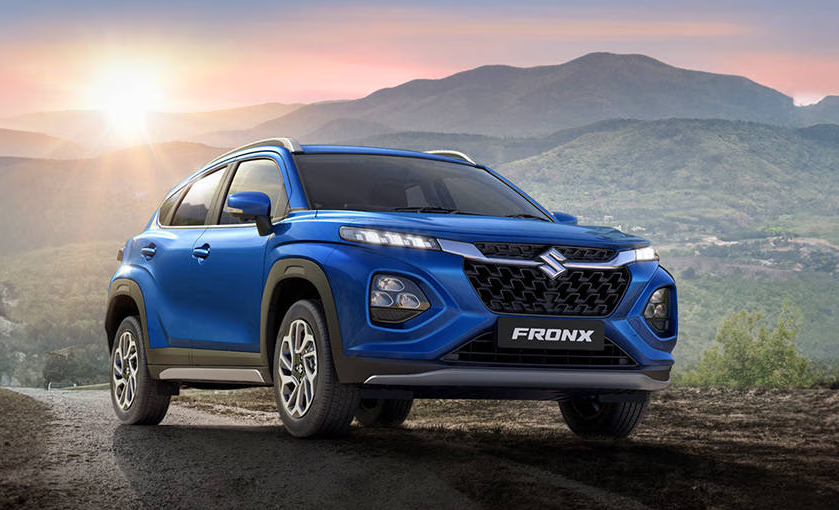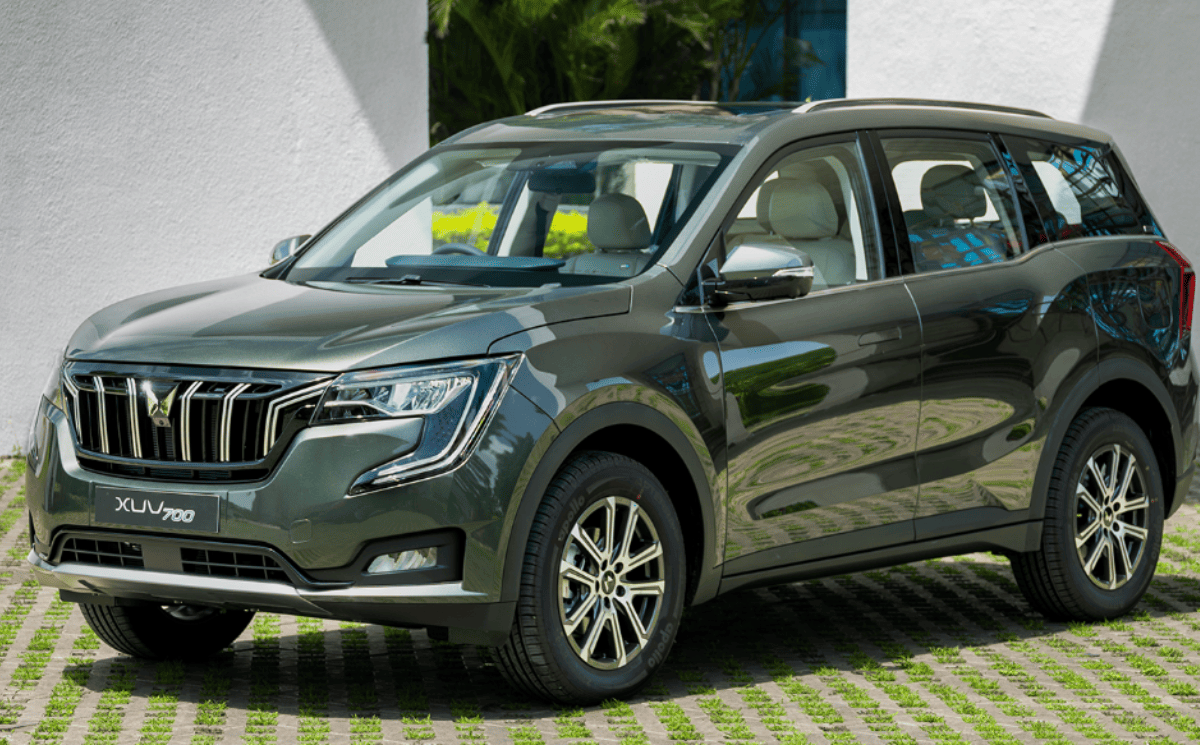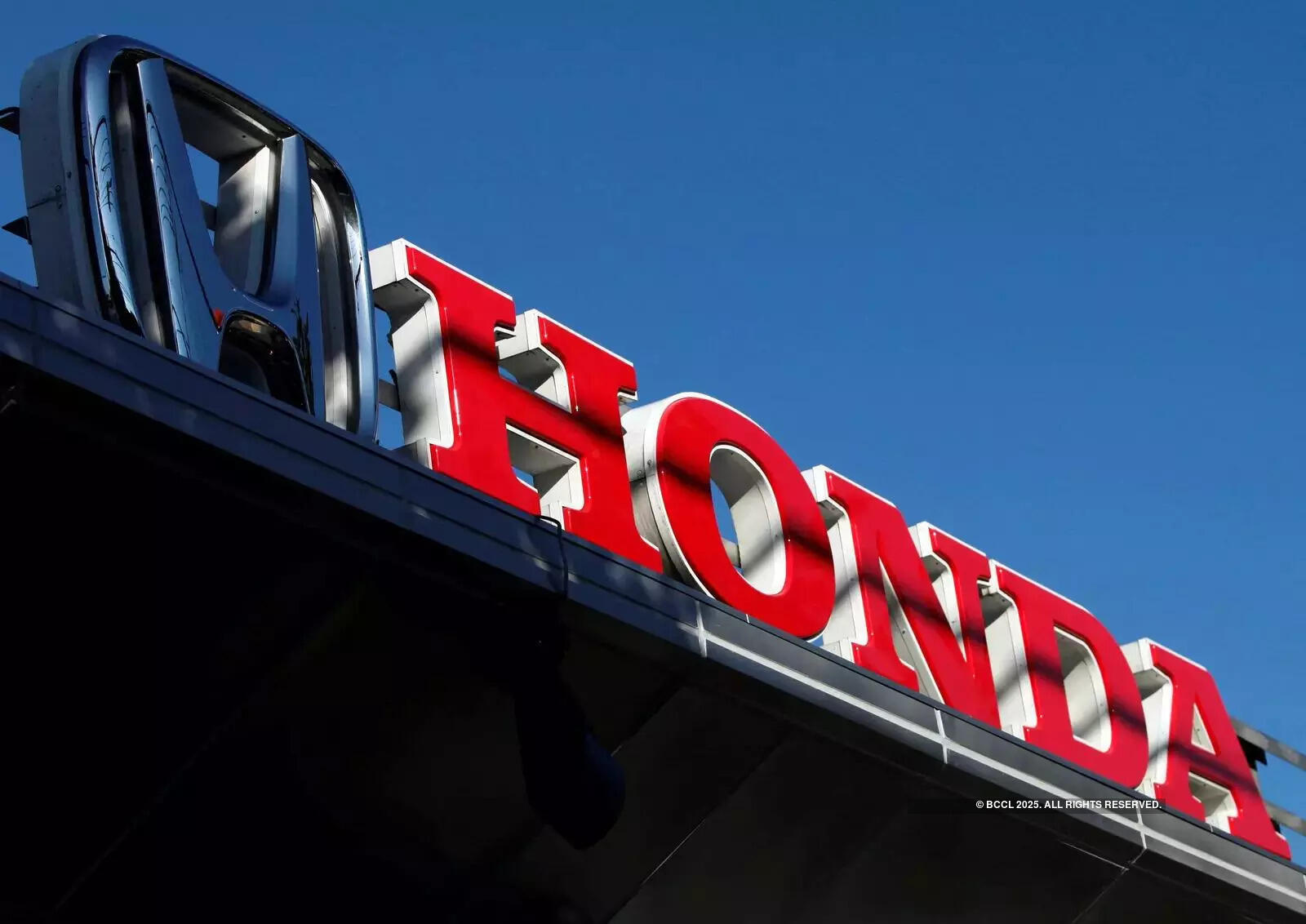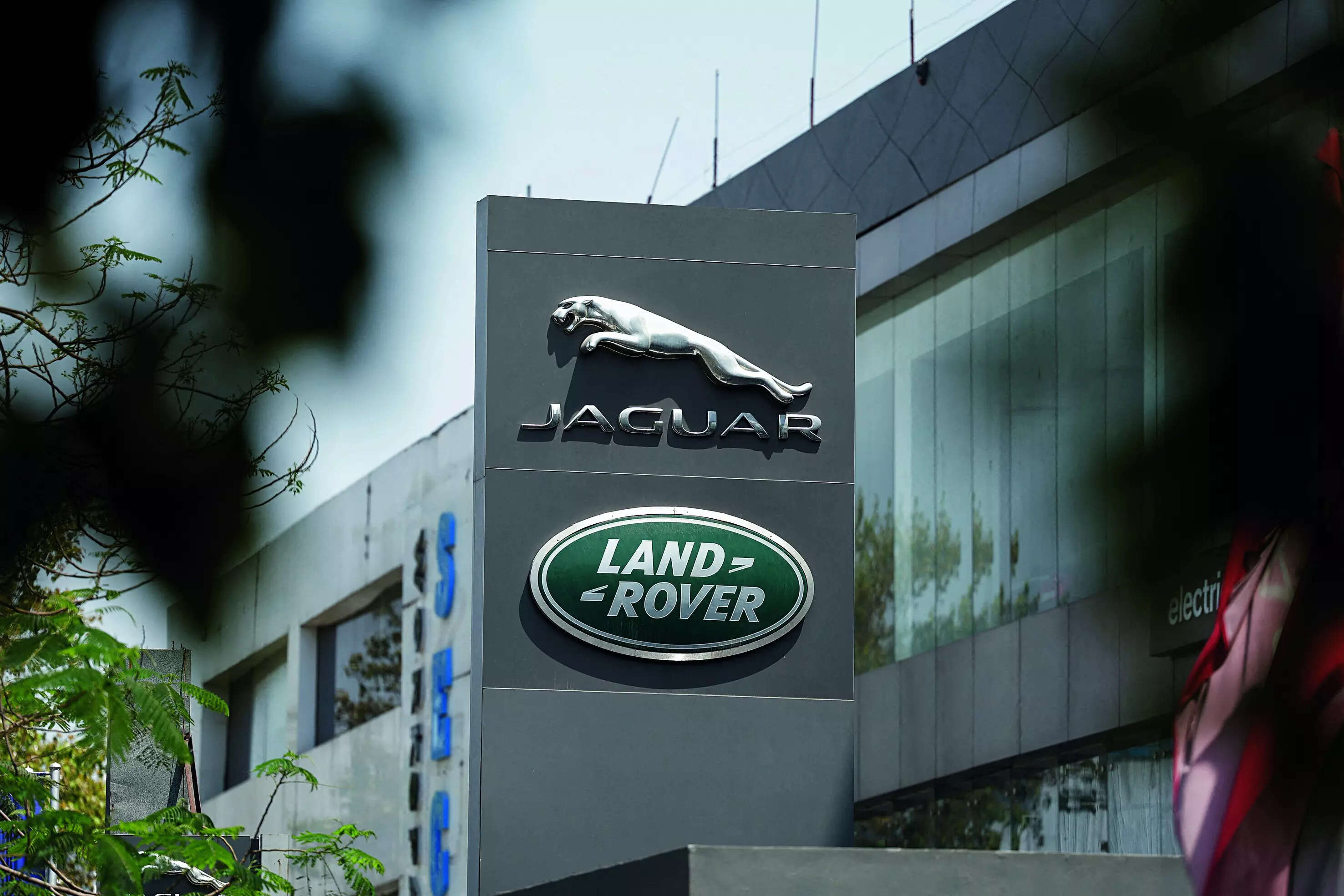The updated GST structure has worked out in favour of entry-level cars and smaller two-wheelers, but it’s the big bike segment that ends up bearing the brunt of the changes. Honda’s sub-350cc offerings have gone cheaper; on the other hand, the BigWing range of larger motorcycles has been affected post-GST 2.0, and the 650 cc twins are no exception. Both the CB650R and the CBR650R now come with noticeably higher price tags.
| Model | Pre-GST 2.0 Price | Post-GST 2.0 Price | Difference |
|---|---|---|---|
| CB650R | Rs 9,60,000 | Rs 10,30,269 | Rs 70,269 |
| CBR650R | Rs 10,40,000 | Rs 11,16,127 | Rs 76,127 |
The CB650R is Honda’s neo-retro naked and was earlier priced at Rs 9.60 lakh (ex-showroom). It now costs Rs 10.30 lakh, which makes it dearer by Rs 70,269. Its fully faired sibling, the CBR650R, has climbed from Rs 10.40 lakh to Rs 11.16 lakh, becoming more expensive by Rs 76,127.
Also Read: GST 2.0: Honda Rebel 500, NX500 Prices Hiked By Up To Rs 43,000

Honda reintroduced its popular 650 cc twins in India in January 2025. A few months later, updated versions of both bikes arrived with the company’s E-Clutch technology. Subsequently, the base versions were discontinued, and the CB650R and CBR650R are now offered only with the 6-speed E-Clutch system.
Powering both bikes is the same 649 cc, liquid-cooled, in-line four engine punching out 94 bhp at 12,000 rpm and 63 Nm of peak torque at 9,500 rpm.
Also Read: GST 2.0 Effect: Honda Bikes, Scooters Get Cheaper By Up To Rs 18,887

Honda’s entry-level big bikes – the Rebel 500 and NX500 – have also become more expensive. The Rebel 500 has moved up from Rs 5.12 lakh to Rs 5.49 lakh, while the NX500 now costs Rs 6.33 lakh compared to its earlier Rs 5.90 lakh. That’s an increase of Rs 37,469 and Rs 43,180, respectively.












































